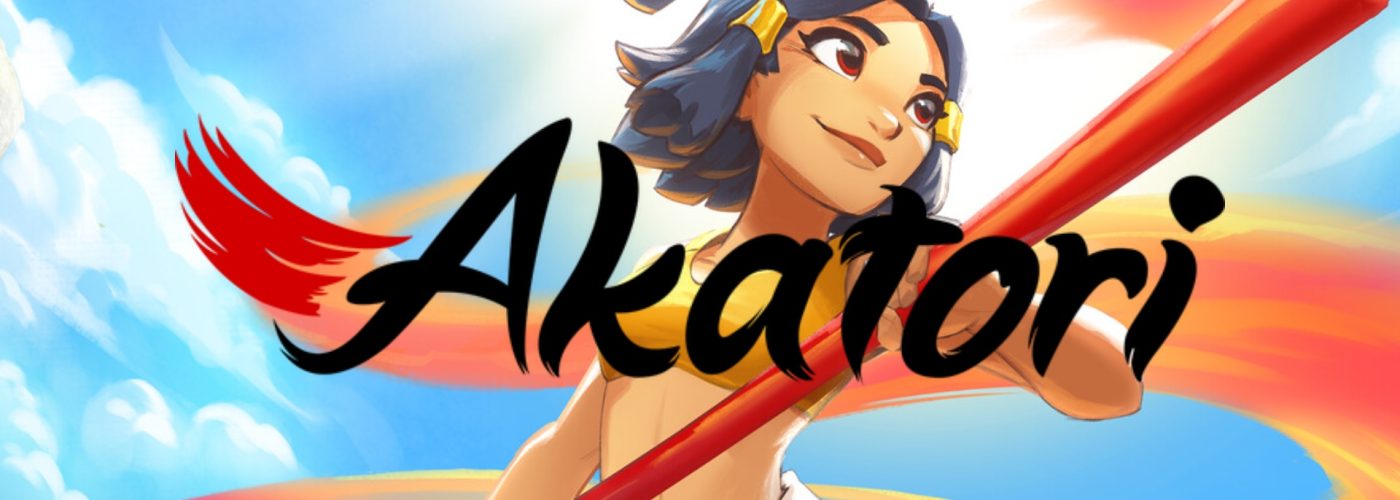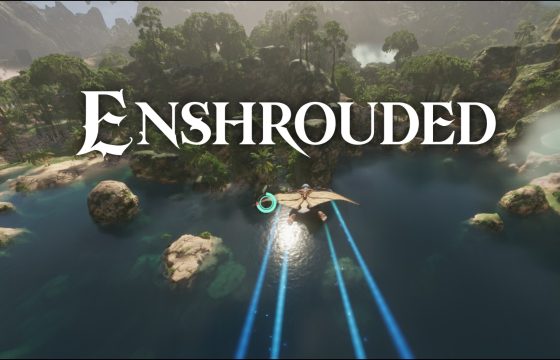Code Wakers invite us to play the prologue of Akatori. A pixel art action metroidvania that brings interesting gameplay ideas.
I won’t deny that Akatori caught my attention especially with its really nice pixel art style. Traveling between the various settings is truly pleasant and the general overview is good.
But Akatori is an action metroidvania that also wants to include non-trivial platform elements. Let’s see what these elements are and how they are put in the game.


Akatori’s Narrative Incipit
We can’t really talk about a plot, because the experience is very short. Akatori gives a narrative incipit, introducing us to the game world, its rules and the protagonist.
Mako is our protagonist. Young and promising warrior of the monastery where she lives. Initially we will meet the inhabitants of the Land of the Emerald Peaks, inspired by the East Asia of the Industrial Revolution. Sent as an escort for an expedition to the divine realm of Kohakujō, trouble begins. The protagonist will find herself alone in a dangerous world contaminated by chaotic energy. Fortunately, an encounter with a divine creature who will become our ally will help us on the journey.
Old Mechanics, New Mechanics
The map is in pure Metroidvania style with a good layout of checkpoints, secrets and the inevitable shortcuts.
Beyond the classic mechanics typical of Metroidvania, Akatori adds some truly original ideas. Some abilities, attack maneuvers and upgrades can be found by exploring the map, or purchased from merchants. Mako can heal himself through potions of a fixed number, which can be refilled at checkpoints.
A new mechanic is that of the staff. The creature we will save is actually a phoenix of divine origin that will offer its help by transforming itself into a weapon.


The staff has an energy bar that depletes as it is used. To recharge it you will need to use your fists, which will slowly fill the staff energy level. The weapon, as well as being used for melee, can be thrown at enemies and then recalled. Furthermore, the staff sticks into the walls and the ground, so as to become a trampoline that replaces the classic double jump.
The staff allows us to break very resistant crystals and travel between two worlds. The latter is another interesting mechanic, because being in the realm of chaos will increase our corruption and that of the environment. High Corruption will transform the environment, revealing otherwise unreachable passages and secrets. Mako can reduce corruption by ringing bells that she finds around the map. Be careful though because the ringing of the bell will also reduce the corruption of the surrounding environment and therefore goodbye secrets.


My Two Cents
Despite the nice ideas and the pixel art that makes the game really interesting, Akatori seems to find its weak point precisely on the combat system. The feeling of the hits is not exceptional and the responsiveness is not exactly impeccable, they don’t help during fights. The maneuvers and ideas are good and interesting, even if difficult to do. For example, an evasion and counterattack maneuver often fails. Even though it was well thought out, it wasn’t made in the best possible way. Some inaccuracies make the more elaborate jumps with the aid of the staff complicated, nullifying the good level design of the game.
A word must be said about combat and enemy AI. Some mid boss fights, which are repeated throughout the game, are quite trivial and too simple and even the generic enemies AI are not brilliant. At least the boss fight that ends the demo is better, even if the defects listed above are present.
Considering that there is no release date yet and that the development team can solve these problems, it makes me feel a bit confident about Akatori’s future
In the meantime, you can try it for free on Steam.









